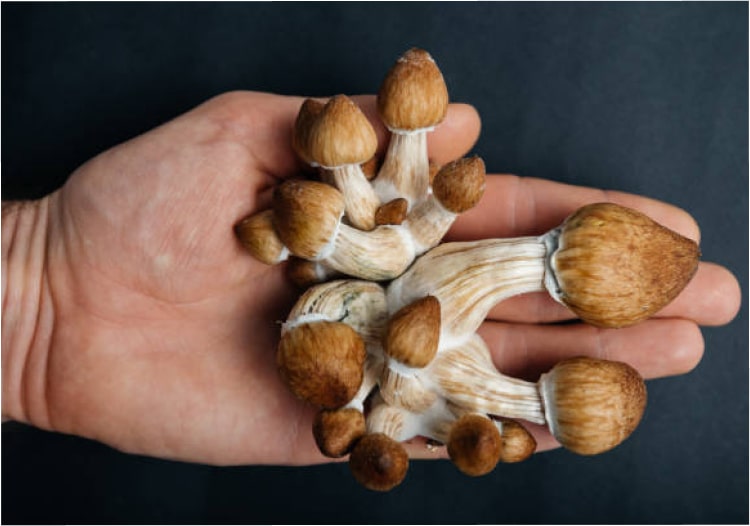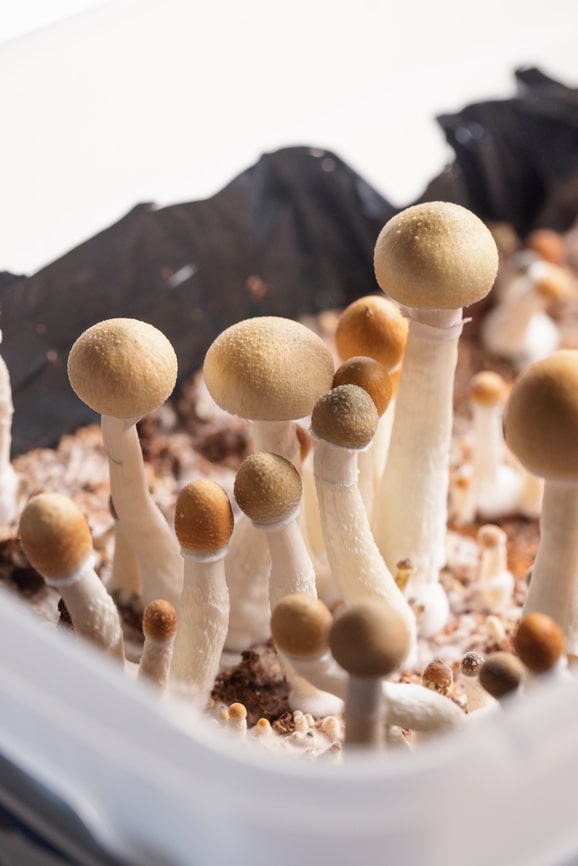What are Psychedelics?
“Psychedelics are a class of drugs, both naturally occurring and laboratory-made, that can change one’s ways of thinking and alter perception and mood,” explains Ronan Levy, co-founder and executive chairman of Field Trip Health, a network of health centers offering ketamine-assisted psychotherapy.
According to Psychedelics Today podcast co-founder and CEO Joe Moore, many “classical psychedelics” have been available in the West for decades, largely illegally and for recreational use. These include:
- lysergic acid (LSD or acid)
- psilocybin (magic mushrooms)
- DMT
- mescaline (peyote)
“Many more have been developed since, and many more are still being developed for assorted medical indications,” Moore adds.
In the Netflix series, "The Business of Drugs," chemist and Hamilton's Pharmacoeia creator Hamilton Morris is quoted saying that the number of synthetic psychedelic drugs is estimated to be over 800.
In addition to the four listed above, some of the most popular psychedelics being studied right now include:
- MDMA (ecstasy or molly)
- ketamine
- Ayahuasca
- cannabis (as a light hallucinogen)





.png)






















